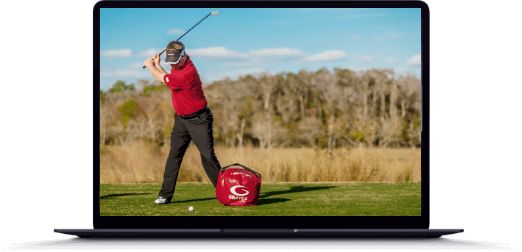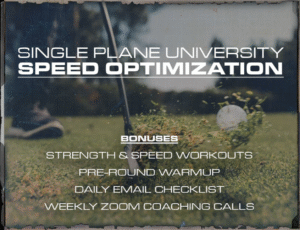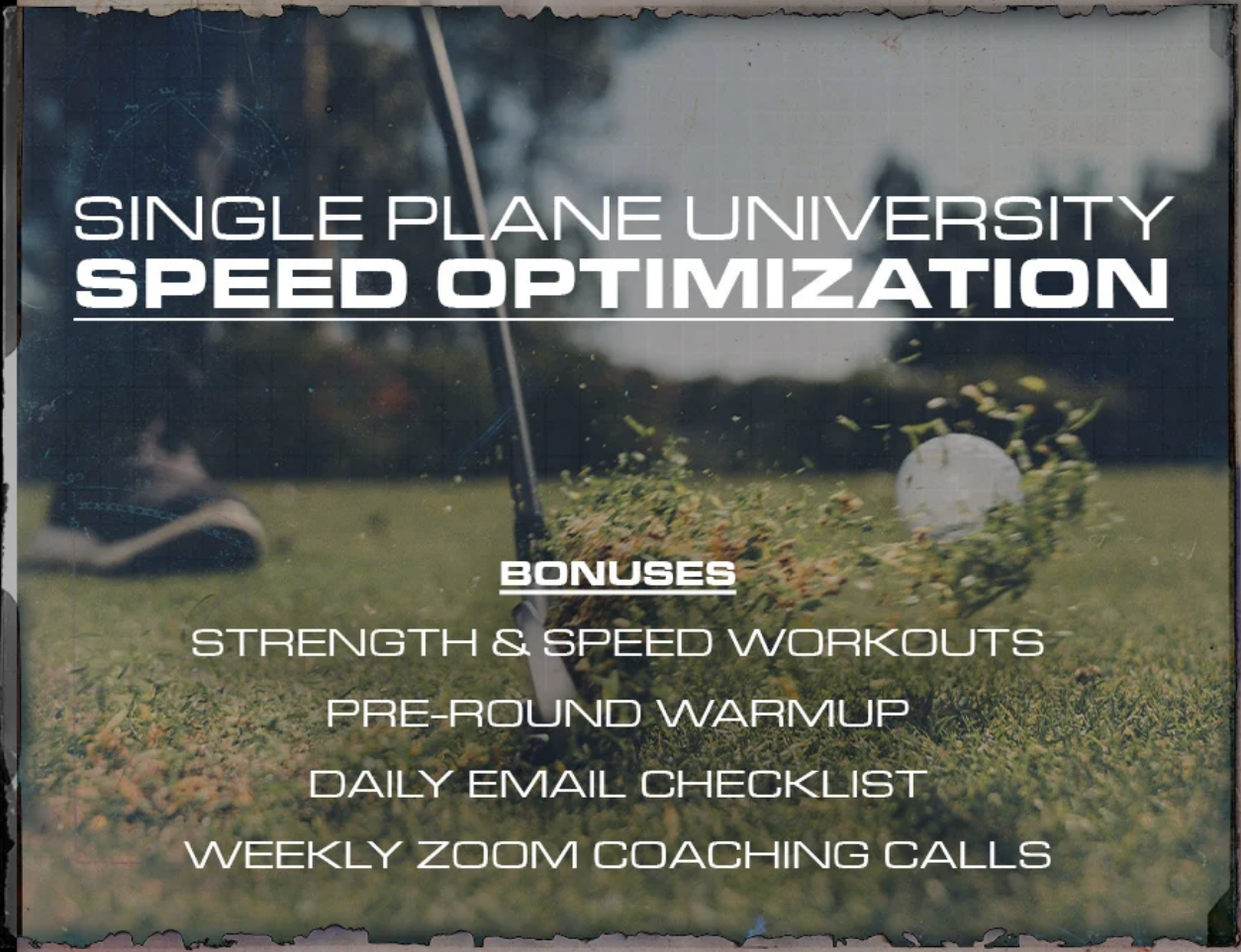Ralph J. Rabago, M.S.
Graves Golf Academy Master Instructor / Single Plane Academy Elite Coach
USGTF, Master Teaching Professional/Professional Golf Coach
We often get asked at our schools and by our Academy members, “How long will it take to learn this?” and/or “How many repetitions do I have to do to get this?” While we can’t provide specific answers as everyone has their own unique abilities and athletic backgrounds, the key takeaway is that you can’t rush learning, but you can be as effective and efficient as possible.
To help you become a more effective and efficient learner, I want to discuss three important concepts:
1. Deep Practice:
As defined by Daniel Coyle, author of “The Talent Code,” Deep Practice is a focused and repetitive skill-building activity that pushes you beyond your current limits, encouraging you to learn from mistakes. It involves operating at the “edge of your abilities,” embracing errors, and finding a “Sweet Spot” where the challenge promotes growth without being overwhelmed. This isn’t quick mindless repetition; it’s about repeating specific techniques with focused attention, often breaking complex skills (like a golf swing) into smaller components (positions). Deep Practice is thought to stimulate new neural connections which are essential for developing new skills and improving performance. Receiving and incorporating feedback is crucial for continuous improvement.
2. Deliberate Practice:
Florida State University psychology professor Anders Ericsson defines Deliberate Practice as a focused, goal-oriented training method that requires consistent effort to improve performance. This means breaking down skills into smaller parts (positions) for repeated practice, setting tailored goals with ongoing assessments, putting in consistent effort that may not yield immediate rewards, and actively seeking expert feedback while reflecting on your performance to guide future practice.
3. Time Under Kinesthetic Control & Awareness:
We often share this story about Moe at our Premier Schools. During exhibitions, Moe would emphasize Position 5.5, club parallel to the ground and target line in his finish (a picture might be perfect here) as one of the most important positions in the golf swing. When asked how he learned this, he’d reply, “I stood that way for a day.” This might have seemed like an exaggeration, but it highlights the reality: by holding this position, Moe spent significant time under kinesthetic control and awareness of his body. This “extended time period” allowed for the opportunity to develop the neural connections necessary to acquire this new skill, make it repeatable and improve his overall performance. It’s interesting that despite, or possibly because of Moe’s social and learning challenges/differences, he intuitively understood that this would be the best way to perfect his Single Plane Swing.
So, how can we use this information to enhance our learning and performance?
- Believe and commit to the developmental process of “Moe’s Magic Formula”: Foundation (Address & Grip), Positions, Sequence, and only then, lastly Speed.
- Actively seek feedback from your coach
- Challenge yourself to slow down and “feel” the proper positions
- The best way to work on the positions and movements is with mirrors in both the Face On and Down the Line views, this will enable you to make your coach directed corrections immediately and in “Real Time” while holding, feeling and kinesthetically learning the correct position (the next best way would be to record yourself and immediately analyze the video, then go back and make the corrections while again recording to confirm the changes/adjustments directed by your coach)
- When working on positions take each repetition individually, including the walk-in, set-up, and slow-motion movement to the next position and hold…the goal is not to see how fast you can complete your reps (Quality trumps Quantity!)
- Spend time in the proper positions, fostering kinesthetic control and awareness to build the neural connections needed for the development of a new skill
- Create and adhere to a consistent training schedule (If it’s not scheduled, it probably won’t happen)
- Set one specific training goal for each session
- During your training sessions have the self-discipline to stay in the present and focus on your single goal (without overreacting to current results)
- Adjust future training sessions based on feedback and reflections on your performance including performance statistics
Remember, all of us at Graves Golf are here for you! If you have any questions, please don’t hesitate to contact us.













